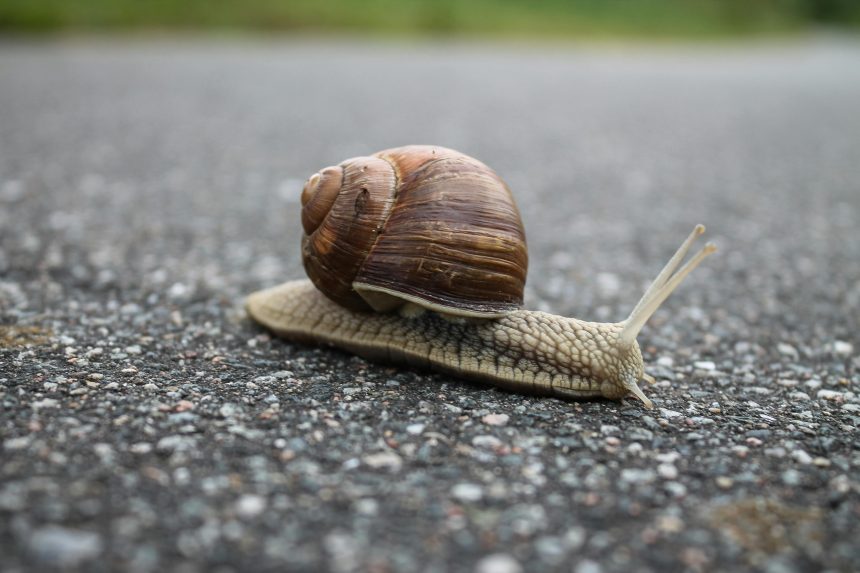In New Zealand, a seemingly whimsical yet deeply meaningful campaign has been launched to help a rare left-spiralling snail named Ned find a mate. What began in a humble garden in Wairarapa has turned into a national initiative, blending citizen science, conservation, and a touch of romance.
A Mirror-Image Marvel Found in the Garden
Illustrator Giselle Clarkson stumbled upon Ned while gardening in Wairarapa. At first, she mistook him for a different species—until she recognised his unusual left-coiled shell. Unlike nearly all garden snails that coil to the right, Ned’s rare left-handed spiral—found in about 1 in 40,000 snails—puts him at a severe reproductive disadvantage.
Why Lefty Snails Struggle to Mate
Although snails are hermaphrodites, mating between left- and right-coiling individuals is nearly impossible due to the reversal of their genital alignment. This anatomical quirk means Ned needs another left-spiralling snail to successfully reproduce.
A National Campaign Takes Root
New Zealand Geographic swiftly picked up Ned’s story, launching a nationwide appeal to the public. People are being urged to search their gardens, parks, and local green spaces—especially on mild, damp nights—for any signs of another lefty snail. Anyone lucky enough to find one is encouraged to contact the campaign.
More Than Matchmaking: Promoting “Observology”
Beyond seeking a soulmate for Ned, the campaign aims to deepen the public’s connection to nature. Editor Catherine Woulfe of New Zealand Geographic highlights how the initiative taps into curiosity and wonder—“light and fun,” but also a doorway to environmental awareness. Clarkson, too, hopes the search encourages people—especially kids—to look closely at the small wonders in their surroundings.
A Similar Tale Unfolded Overseas
This isn’t the first time a left-spiralling snail has captured the world’s attention. In 2016–2017, a snail named Jeremy in the UK sparked a similar international search. Compatible lefty mates were eventually found—“Lefty” and “Tomeu”—and despite some drama, Jeremy formed a throuple and sired offspring before passing away.
Why This Matters in More Ways Than One
Although garden snails are often dismissed as pests, Ned’s story transcends that label. Woulfe stresses the goal is to foster human roots in the natural world—bridging the gap between everyday life and ecological appreciation. For many families, snagging head torches and heading out snail-hunting at dusk has become a new, fun form of engagement.
Ending on a Hopeful Note
Ned’s odds are slim—just 1 in 40,000. But as this campaign shows, even the smallest creatures can inspire big stories and wider awareness. If you’re curious, grab a torch, wander into your garden or local park on a dewy evening, and you might just help Ned find his match—or at least discover the overlooked marvels in plain sight.










